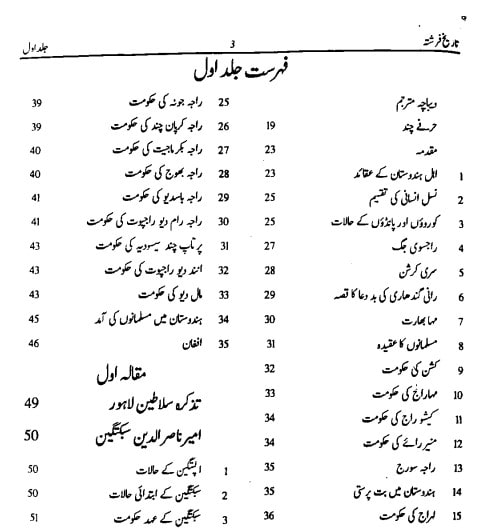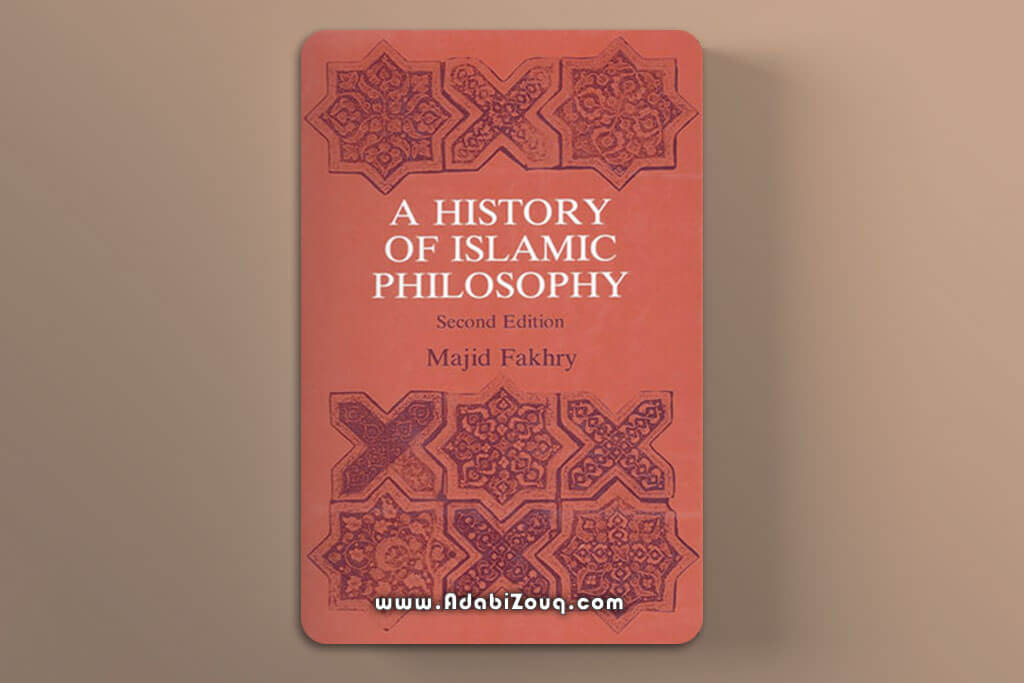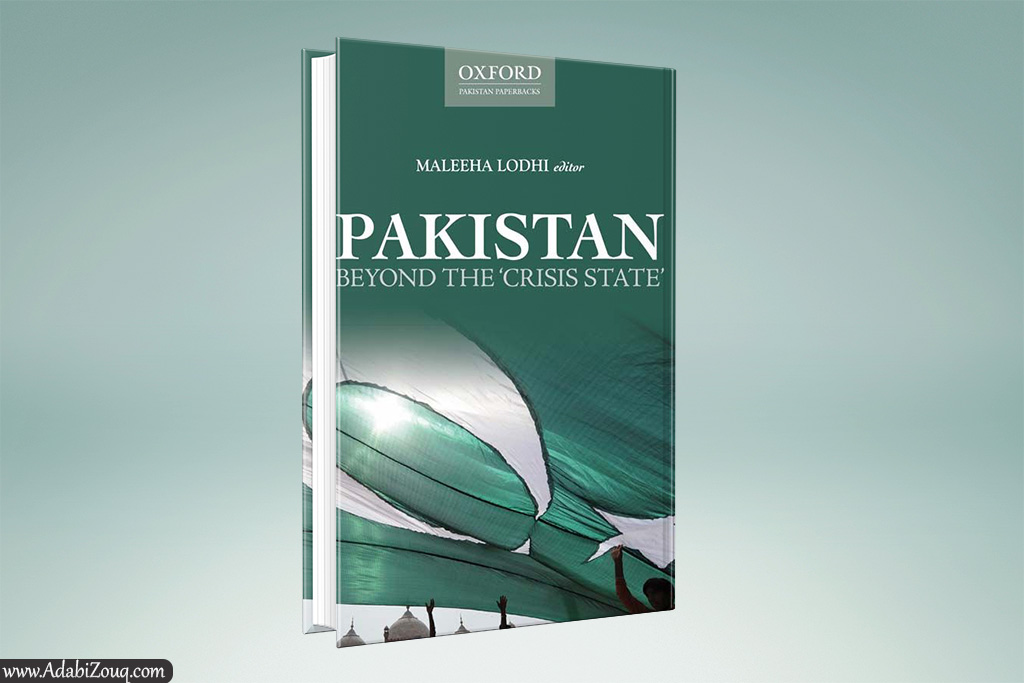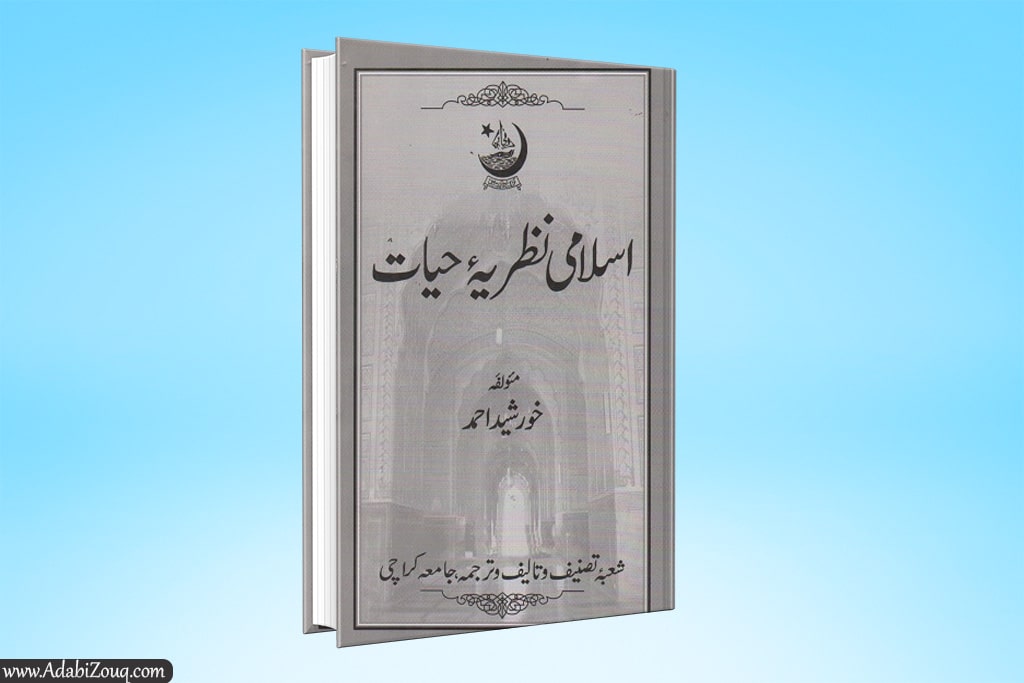Tareekh E Farishta By Muhammad Qasim Farishta

Tareekh e Farishta(تاریخ فرشتہ) is an Indian historical book written by Muhammad Qasim Farishta۔ It is one of the most popular ancient books in India. It was first published by order of Ibrahim Adil Shah Sani with the title Gulshan Ibrahimi(گلشن ابراہیم) in Persian in 1606. Later, it became known as Tareekh e Farishta among the people.
The book was translated into several languages, including English, Urdu, and Arabic. In 1832, Lord Pinchstone, the British governor of India, published it in Urdu translation in two large volumes, with great care.
About Author
Muhammad Qasim Farishta(محمد قاسم فرشتہ) (born 1560 – died 1620) was a historian of the Mughal Empire. He wrote extensively about the Empire of Mughal. The reason for his fame is Tareekh-e- Farishta.

Tareekh E Farishta Urdu Book Summary
Muhammad Qasim Farshta has divided his history into one case, twelve articles, and one conclusion. The book under review is a complete history of Indian Muslim history.
The first article mentions the Sultans of Lahore. The second article mentions the sultans of the Delhi Empire. These sultans date from the conquest of northern India by Sultan Shahabuddin Ghauri to the death of the Mughal emperor Jalaluddin Akbar.
you can read: Tareekh E Azadi Main Ulma Ka Kirdar
The third article mentions the Deccan sultans and has six Rozas. The history of the kings of Gujarat is recorded in the fourth article. The fifth article refers to the kings of Malwa. The sixth article addresses the Sultans of Khandis. The seventh article mentions the Sultans of Bengal and the Sultans of Jaunpur. So it will continue to twelve when you read this book.
The eighth article mentions the Sultans of Multan. The ninth article contains a detailed account of the Sultans of Sindh. The tenth article discusses the Sultans of Kashmir. In the eleventh article, the arrival of the Rajagans of Malabar and the Portuguese in India and their conditions are described. Article XII contains biographies and biographies of Indian leaders.
You can also read the CSS book: A History of Islamic Philosophy
Conclusion
Muhammad Qasim Farishta’s seminal work Tareekh-e-Farishta stands as a definitive chronicle of medieval Indian history. First published in Persian as Gulshan-e-Ibrahimi in 1606, it was later translated into Urdu and other languages.
Spanning the Delhi Sultanate through the Mughal Empire, Farishta provides insightful profiles of dynasties and leaders across the subcontinent. His balanced, thorough analysis has ensured Tareekh-e-Farishta’s enduring value as a reference.
Farishta’s attention to detail and literary skill in recounting events, from conquests to court intrigues, brings depth and vivacity to the record. Tareekh-e-Farishta History book remains a remarkably comprehensive snapshot of a formative era in India’s past. Though written centuries ago, Farishta’s history continues to enlighten modern readers on the medieval foundations of India’s complex social mosaic.




